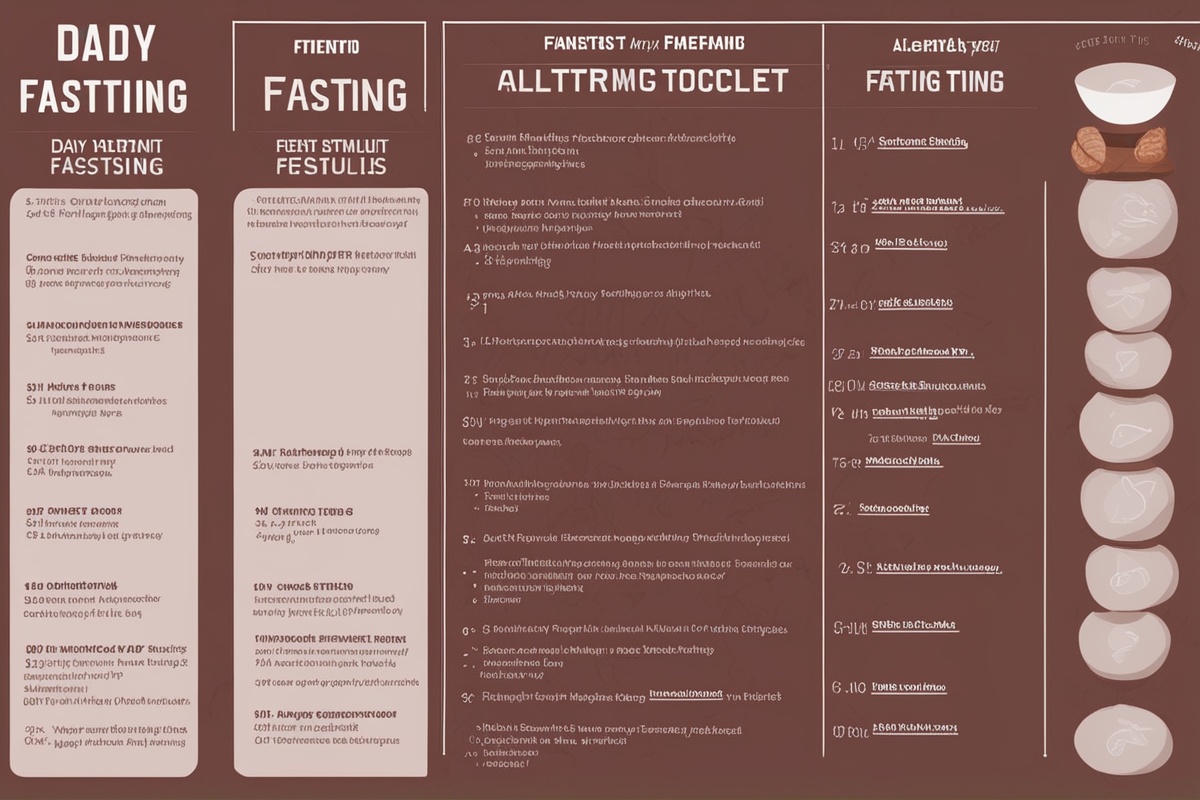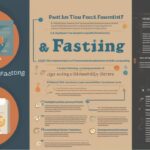Hey there, health enthusiasts! If you’re on a journey to improve your wellness, lose weight, or simply reset your relationship with food, you’ve likely stumbled across Alternate Day fasting (ADF). This powerful fasting method has gained traction for its simplicity and science-backed benefits. But what exactly is an ADF schedule, and how can you make it work for you? In this comprehensive guide, we’ll dive deep into the ins and outs of Alternate Day Fasting, explore how to structure your fasting days, and provide practical tips to help you succeed. Whether you’re a beginner or a seasoned faster, let’s unpack everything you need to know about crafting an effective ADF routine.
What Is Alternate Day Fasting?
Alternate Day Fasting, often abbreviated as ADF, is a type of intermittent fasting where you alternate between days of normal eating and days of severe calorie restriction or complete fasting. On fasting days, you might consume anywhere from 0 to 500 calories, depending on the specific ADF schedule you follow. On feast days (or non-fasting days), you eat normally without strict calorie limits, though the focus is often on nutrient-dense foods. This pattern creates a calorie deficit over time, which can lead to weight loss, improved metabolic health, and other benefits. ADF stands out from other fasting methods like the 16/8 method because of its every-other-day rhythm, making it a unique and flexible approach to intermittent fasting.
The Science Behind an ADF Schedule
Why does Alternate Day Fasting work? The science behind an ADF schedule is rooted in how our bodies respond to periods of calorie restriction. Research shows that ADF can trigger a process called autophagy, where cells clean out damaged components, promoting longevity and reducing inflammation. Studies, such as those published in the journal Obesity, have demonstrated that ADF can lead to significant weight loss—often 3-8% of body weight over 8-12 weeks—by reducing overall calorie intake. Additionally, ADF may improve insulin sensitivity, lower blood pressure, and reduce markers of oxidative stress. These benefits make an Alternate Day Fasting plan not just a weight loss tool but a potential strategy for long-term health improvement.
How to Structure Your ADF Schedule
Creating a sustainable ADF schedule is key to reaping the benefits without feeling overwhelmed. The beauty of ADF is its flexibility—you can tailor it to fit your lifestyle. A typical ADF plan might look like this: Monday is a fasting day (0-500 calories), Tuesday is a feast day (normal eating), Wednesday is fasting, and so on. Some people opt for a modified ADF approach, consuming 25% of their usual calorie intake on fasting days, while others go for a full fast with only water, tea, or black coffee. The key is consistency and listening to your body. Below are a few tips to help you design your Alternate Day Fasting routine.
- Start with a modified ADF plan if you’re new to fasting—aim for 500 calories on fasting days with low-carb, high-protein meals to stay full.
- Schedule fasting days on less active days if possible, so you’re not battling hunger during high-energy activities.
- Plan feast days with balanced meals to avoid overeating—focus on whole foods like vegetables, lean proteins, and healthy fats.
- Stay hydrated on fasting days with water, herbal tea, or electrolyte drinks to prevent fatigue and headaches.
- Track your progress weekly, not daily, to account for natural fluctuations in weight and energy levels.
Benefits of Following an Alternate Day Fasting Plan
Beyond weight loss, sticking to an ADF schedule offers a host of health perks. For one, it can simplify your eating patterns—fewer meals to plan on fasting days means less decision fatigue. It also promotes metabolic flexibility, teaching your body to switch between burning carbs and fats for fuel. Research from the University of Illinois at Chicago suggests that ADF can reduce levels of LDL (bad) cholesterol and triglycerides, supporting heart health. Plus, many people report improved mental clarity and focus during fasting periods, likely due to stabilized blood sugar levels. If you’re looking for a sustainable intermittent fasting ADF schedule, the potential rewards are worth considering.
Challenges of an ADF Schedule and How to Overcome Them
Let’s be real—following an ADF schedule isn’t always a walk in the park. Hunger pangs, irritability, and social eating pressures can make fasting days tough, especially in the beginning. Some people also experience low energy or difficulty focusing during initial fasts as their body adjusts. The good news? These challenges often fade with time, and there are strategies to make your Alternate Day Fasting plan more manageable. Here are some practical solutions to common hurdles.
- Combat hunger by staying busy—engage in light activities or hobbies to distract yourself on fasting days.
- If irritability strikes, practice mindfulness or deep breathing to manage stress without turning to food.
- Prepare for social events by communicating your ADF routine to friends or choosing fasting days that avoid big meals out.
- Ease into ADF by starting with one or two fasting days per week before committing to a full schedule.
Who Should Try Alternate Day Fasting?
While an ADF schedule can be transformative for many, it’s not a one-size-fits-all solution. ADF is often best suited for individuals looking to lose weight, improve metabolic markers, or simplify their eating habits. However, it may not be ideal for everyone. Pregnant or breastfeeding women, those with a history of eating disorders, or individuals with certain medical conditions like diabetes should consult a healthcare provider before starting an Alternate Day Fasting routine. If you’re active or have a demanding job, you might need to tweak your fasting days to ensure you’re getting enough energy. Always prioritize safety and listen to your body when embarking on any fasting journey.
As we wrap up, it’s clear that Alternate Day Fasting offers a unique and effective way to boost health and manage weight through a well-planned ADF schedule. By alternating between fasting and feast days, you can tap into benefits like improved metabolism, reduced inflammation, and mental clarity—all while keeping things flexible enough to fit your life. Remember to start slow, stay hydrated, and focus on nutrient-rich foods on non-fasting days to make your Alternate Day Fasting plan sustainable. Have you tried ADF before, or are you ready to give it a shot? Drop your thoughts or questions below—I’d love to hear how your fasting journey unfolds!






